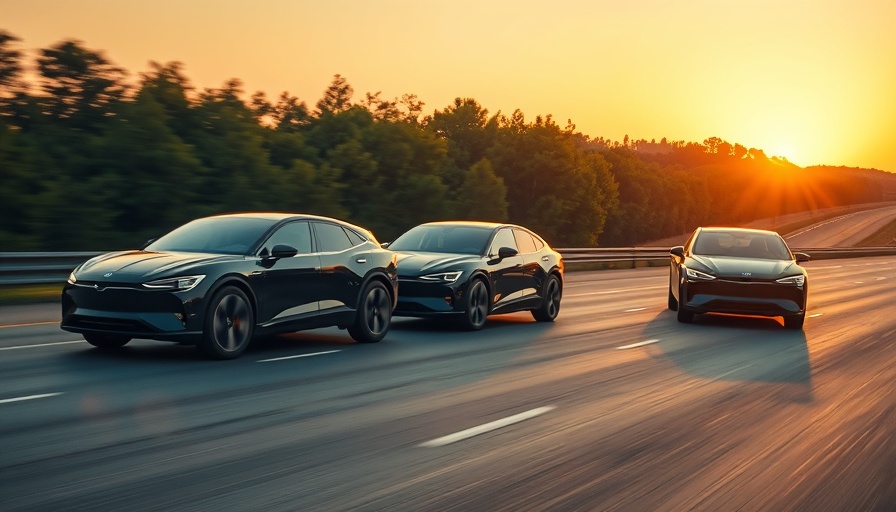
The Rise of Hands-Free Driving: A Comparative View
With advancements in technology, hands-free driving systems are redefining our road experiences. A recent showdown among Ford's BlueCruise, GM's Super Cruise, and Tesla's Autopilot reveals key differences in their performance, safety, and utility. Understanding how these systems rank and function can help you pick the best option for your driving needs.
Performance Rankings: Who Leads the Pack?
According to Consumer Reports, Ford's BlueCruise tops the active driving assistance test rankings with an impressive 84 points. In contrast, Super Cruise follows with 75, while Autopilot falls significantly behind at 61. Safety assessments by the Insurance Institute for Highway Safety (IIHS) further indicate that BlueCruise holds the strongest safeguard ratings, whereas Super Cruise garners middling marks, and Autopilot lags with lower ratings.
Safety and Reliability: An In-Depth Analysis
Any discussion of driving technology must include an evaluation of safety records. GM’s Super Cruise boasts an impressive record of over 160 million accident-free miles with no fatal crashes reported under its use. Conversely, BlueCruise reports approximately 32 crashes under NHTSA review, including two fatal incidents involving Mustang Mach-E vehicles, while Autopilot has been linked to 956 crashes, 51 of which resulted in fatalities.
The stark figures point to the need for consumers to thoroughly assess their safety priorities when considering hands-free driving technologies. As these technologies evolve, understanding their limitations remains crucial for ensuring driver safety.
The Technology Behind the Systems
Each system employs differing technologies that influence their operational effectiveness. BlueCruise utilizes forward cameras and an infrared driver-monitoring system to keep the driver attentively engaged. The system restricts hands-free operation to predefined “Blue Zones,” frequent updates ensuring road accuracy and safety.
>In contrast, Super Cruise integrates high-definition lidar-scanned maps along with radar and camera data. The infrared sensor checks head position, allowing drivers a more secure experience until conditions change unexpectedly, alerting them to take control.Ford and GM leverage top-tier mapping technologies, while Tesla's Autopilot takes a different approach, relying on vision-only technology without geographic anchoring.
Real-World Application: Matching Systems to Driving Habits
For long-distance travelers, Super Cruise's consistent performance on mapped highways makes it an appealing choice. If you primarily drive in regions covered by Ford’s Blue Zones, BlueCruise may prove more beneficial, especially on established highways. Tesla’s Autopilot allows for greater flexibility but may surprise users with inconsistent performance due to its lack of geofencing.
What Lies Ahead: The Future of Hands-Free Driving
The hands-free driving landscape is continually evolving. As manufacturers refine technologies and address safety concerns, we can expect enhanced features and capabilities. Innovations in adaptive technology that learn and predict driver behavior may soon take center stage, promising a safer and more user-friendly experience.
Understanding these features and their implications is vital for consumers in making informed decisions about their future vehicles. Hands-free driving technology has the potential to revolutionize transportation, but safety and usability should always be at the forefront of any selection process.
 Add Row
Add Row  Add
Add 




Write A Comment